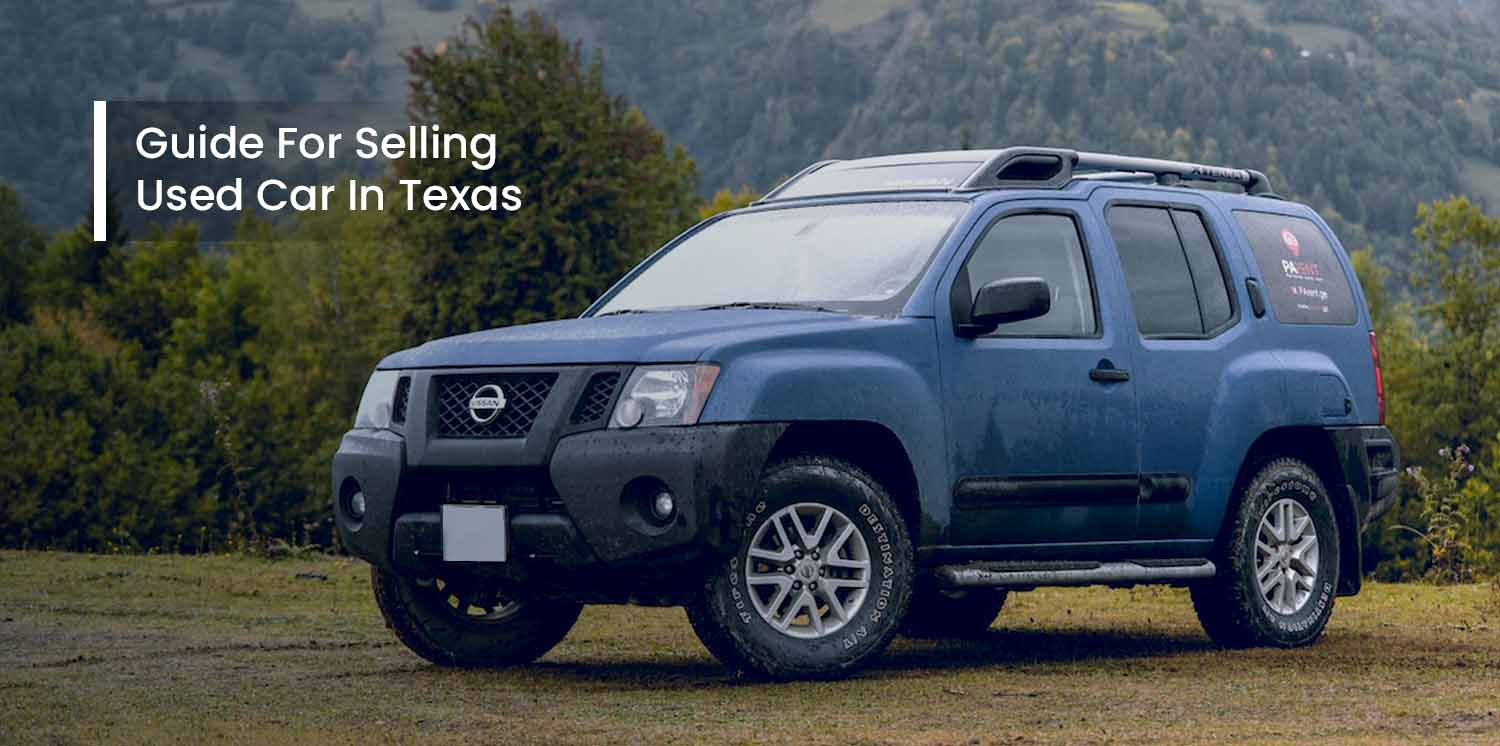Guide For Selling Used Car In Texas

The procedures and approach for selling a car online vary by state. Discover how to sell your used car or truck in Texas confidentially.
With a projected 14 million registered trucks and cars in Texas, it's no surprise that thousands of individual car owners in the Lone Star state have utilized cashforcarsinc to sell their vehicles. We've explained the six processes and documents needed to sell a car in Texas so you may sell your automobile fast and for the maximum money. Remember that most states in the United States regard the car title as a legal document, therefore, use the legal names (no nicknames) of both parties involved, as well as legible handwriting in black or blue ink. Mistakes, mistakes, and the use of whiteout may render the document null and worthless, so be cautious and take your time filling it out.
Step 1: The Client examines the car
Most private automobile buyers pay for a pre-purchase vehicle check by a competent and certified auto technician. Although the buyer pays for the inspection, the seller and buyer must agree on the date and location of the inspection. If the inspection reveals any problems with the vehicle, you should save the report for your records as the seller.
Step 2: Sign the Back of the Title
Begin the procedure of transferring ownership if the potential buyer decides to acquire your automobile. Sign, date, and input the vehicle's odometer reading on the back of the title to do this. Remember that a title is a legal document, so write properly and carefully to prevent making mistakes. Any mistakes in the document may render it null and invalid. If more than one seller is listed on the title and their names are separated by "or," just one of the sellers is required to sign the car title in order to transfer it to the buyer. If the title lists more than one seller and their names are separated by "and" or "and/or," both sellers must sign the title before it can be handed over to the buyer. If nothing separates the names of the owners, both must sign. The same is true for many purchasers.
The National Highway Traffic Safety Administration's (NHTSA) odometer disclosure standards for private car sales in Texas were revised in December 2020: Any vehicle of the model year 2011 or newer (2012, 2013, etc.) that is transferred between January 1, 2021, and December 31, 2030, will require an odometer disclosure. Beginning January 1, 2031, every vehicle less than 20 model years old will be required to have an odometer disclosure. Previously, the NHTSA only mandated disclosure for the first ten years. Cars manufactured before 2010 are exempt from odometer disclosures.
Any lienholders must also sign off on the title or release it. In addition, if the seller has misplaced the automobile title, they must fill out Form VTR-34 Application for a Certified Copy of Title, at their local DMV office. The application requires a signed lien release if one is not already on file, as well as a valid state ID and an administrative charge ranging from $2 to $5.45. If the vehicle title transfer is not completed correctly, the buyer may be held liable for traffic offenses and crimes committed by the car's driver.
Step 3: Sign the Buyer's Title Application
Then, sign the buyer's title application (Form 130-U) and fill in the sales price. Your signature on this form authorizes the buyer to title the car in their name(s) within 30 days of the transaction.
Step 4: Remove your Plates
Keep your license plates - they can be transferred to another car. Never allow the buyer to take your license plates.
Step 5: Take off the Registration Window Sticker
Then, from the inside of the windshield, remove the registration sticker. A razor blade and elbow grease will come in handy here.
Step 6: Guide the Buyer to the Local Country Tax Office to Close the Deal
Take the buyer to your local county tax office to file the necessary papers. You should also file a vehicle transfer notification if you do not accompany the buyer to the county tax office. When you file a vehicle transfer notification, the Texas state DMV updates its records to reflect that the vehicle has been sold, ensuring that you are not held liable for any citations or other infractions the vehicle may accrue while in the custody of its new owner. This must be completed within 30 days of the vehicle's sale. Texas law requires that a car be insured at the time of sale, so purchasers must ensure that their insurance policy is current and covers the vehicle they are acquiring. When you trade in or sell your car to a dealership, the vehicle does not need to be titled in the dealership's name and will stay in your name until it is sold to an individual. In this scenario, make sure you file a vehicle transfer notification as soon as the dealership accepts your exchange. Cancel your insurance when the sale is finalized.
Visit the Texas Department of Motor Vehicles website for further information and sell your used car online with cashforcarsinc right now!





